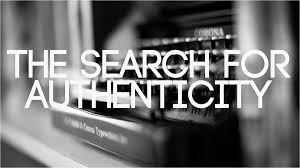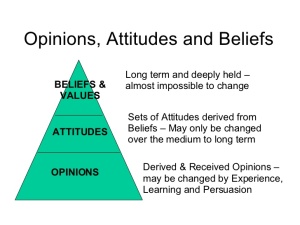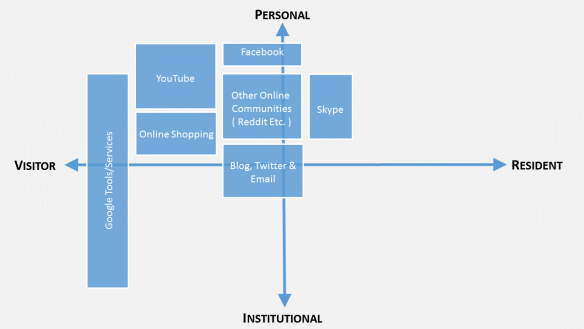 Photo Credits: via theunitive.com
Photo Credits: via theunitive.com
It has been a great learning experience reading posts on how to create an authentic digital profile and that has prompt me to log in to my inactive LinkedIn account that was created years ago. As i typed in the URL. pressed enter and tried to recall the password, i dread the amount of work i have to do to breathe life into this extremely lacking, empty and boring profile. I understood it is going to be a process and my first hurdle is authenticity. Is full disclosure a good thing? Is authenticity a luxury only a few can affford? The quote Tor mentioned at the beginning of his post gave me a starting point to work on.
I have also gain a few pointers from Cindy Gallop, who publicly shared her sexuality with the world when launching her new company, MakeLoveNotPorn.
- Identify exactly who you are and what you stand for, what you believe in, what you value.
- Only ever behave, act and communicate in a way that is true to you.
- Then you never have to worry about when anybody comes across you or what you’re found doing, because by definition you are never caught doing anything to be ashamed of.
Yes, it might be a calculated business/marketing/pr decision to share her sexuality with the world. Michael Simmons states that by doing so, Cindy is building an authentic network; a network of kindred spirits around her who deeply value her for for who she is. Kindred spirits are people we connect with at a very deep level and who play a transformative role throughout our life. As entrepreneurs/marketers, this means vendors, partners, employees, investors, mentors, and customers with shared values. Cindy has entered a virtuous cycle of success and fulfillment where being herself is rewarded because that’s what people want and expect. She doesn’t have to worry about other people discovering who she really is. She has already ‘outed’ herself.
Simmons also mentioned that most people have the opposite of authentic networks; default networks. Default networks are the networks we fall into and then try to fit into. If we continually operate in a way where we feel like we need to be inauthentic in order to be successful or appreciated, we’ll feel like a fraud, be less authentic (therefore less trustworthy), and less passionate (therefore less effective). Ultimately, a vicious cycle will occur where we attract and ultimately become financially dependent on a network of people who do not reflect our deepest values.
Just a few thoughts i’ll have seating at the back of my head when i start to, slowly but surely, fix my digital profile.
Blogs I have commented on:
https://aetiiqcaz.wordpress.com/2014/12/03/are-you-for-real/comment-page-1/#comment-17
http://torws.wordpress.com/2014/12/03/the-brand-called-you-3/comment-page-1/#comment-15
References
Simmons, M., 2014. http://www.forbes.com/. [Online]
Available at: http://www.forbes.com/sites/michaelsimmons/2014/08/11/how-to-bulletproof-your-reputation-in-the-digital-age/[Accessed 4 12 2014].







